Figures & data
FIGURE 1. Map of the Pisco-Ica desert, southern coast of Peru, showing the two localities of the Chilcatay Formation where squalodelphinids, including Huaridelphis raimondii, n. gen. et sp., were found: Ullujaya and Zamaca. Marine vertebrate-rich localities of the Mio-Pliocene Pisco Formation are also indicated: Cerro Colorado, Cerro los Quesos, and Cerro la Bruja.
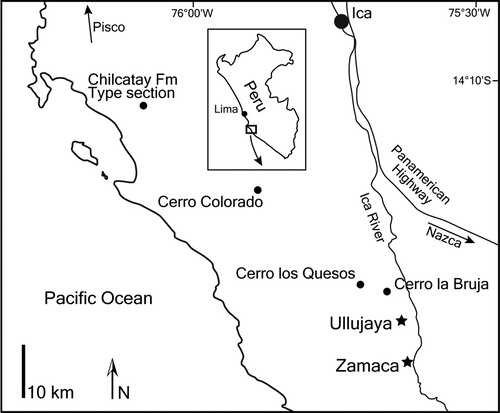
FIGURE 2. Map of the Chilcatay Formation locality Ullujaya, where the holotype of Huaridelphis raimondii, n. gen. et sp., was found together with other cetacean remains, marine turtles, and fishes. Cerro Buque, from where a section of the Chilcatay Formation was published (Alván De la Cruz, 2008), is a short distance northwest to Ullujaya. Curved lines represent limits of more consolidated beds visible from aerial views.
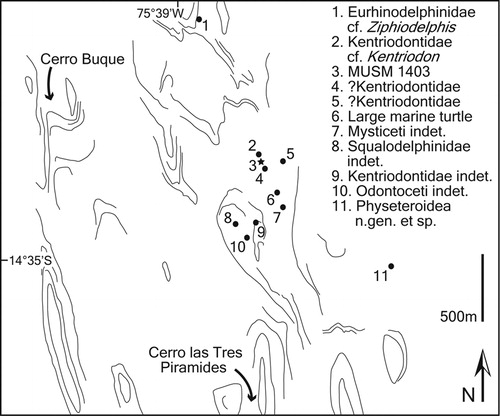
FIGURE 3. Huaridelphis raimondii, n. gen. et sp., MUSM 1396 (holotype), skull in dorsal (A, B, C; detail of the vertex) and left lateral (D) views. Diagonal solid lines indicate major breaks. Scale bar for A, B, D equals 10 cm. Scale bar for C equals 2 cm.
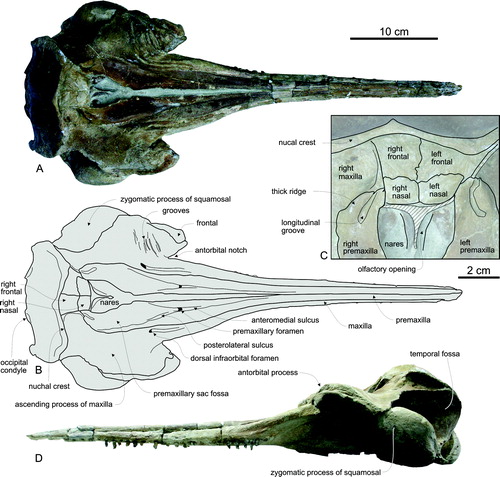
FIGURE 4. Huaridelphis raimondii, n. gen. et sp., MUSM 1396 (holotype), skull in ventral (A, B), posterior (C), anterior (D), and right lateral (E, F) views. Diagonal solid lines indicate major breaks.
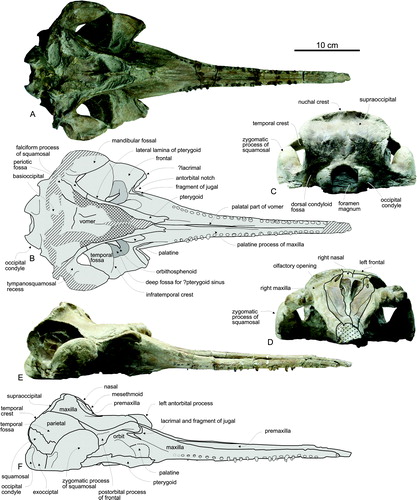
FIGURE 5. Huaridelphis raimondii, n. gen. et sp., MUSM 1403, skull in dorsal (A, B; detail of the vertex) and left lateral (C) views; symphyseal portion of mandible in left lateral (D) and dorsal (E) views; mandibular tooth in lateral view (F); incomplete atlas in anterior (G) and ventral (H) views; axis in anterior (I), ventral (J), posterior (K), and right lateral (L) views; four cervical vertebrae in anterior views (M–P); four thoracic vertebrae in posterior (Q, W), anterior (S, T, V), and right lateral (R, U, X) views; almost complete right rib in anterior (ZC) and posterior (ZD) views; proximal fragment of left rib in anterior view (ZE). Huaridelphis raimondii n. gen. et sp., MUSM 599, caudal vertebra in anterior (Y) and left lateral (Z) views; posterior tooth in lateral (ZA) and lingual (ZB) views. Diagonal solid lines indicate major breaks. Scale bar for A, C, D, and E equals 10 cm. Scale bars for F, ZA, and ZB equal 1 cm. Scale bar for G–Z and ZC–ZE equals 5 cm.
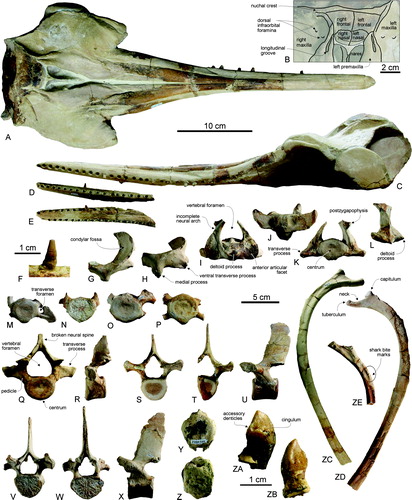
FIGURE 6. Huaridelphis raimondii, n. gen. et sp., MUSM 1396 (holotype), incomplete right periotic in dorsal (A, B), ventral (C, D), and lateral (E, F) views. Huaridelphis raimondii, n. gen. et sp., MUSM 599, left periotic in dorsal (G, H), dorsolateral (I, J), ventral (K, L), medial (M, N), and lateral (O, P) views. Diagonal solid lines indicate major breaks.
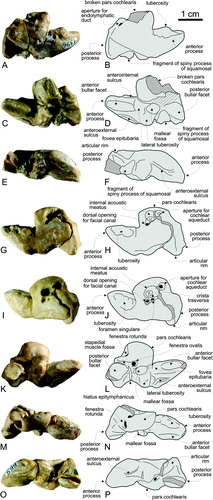
FIGURE 7. Squalodelphinidae aff. Huaridelphis raimondii, MUSM 603, incomplete skull in dorsal (A) and left lateral (B) views; left periotic articulated to the skull in ventral view (C); left malleus in posterior (D, E), and medial (F, G) views; left incus in medial (H, K), lateral (I, L), and dorsal (J, M) views; left tympanic bulla in medial (N, R), ventral (O, S), dorsal (P, T), and lateral (Q, U) views. Diagonal solid lines indicate major breaks. Scale bar for A and B equals 10 cm. Scale bars for C and N–U equal 2 cm. Scale bar for D–M equals 1 cm.
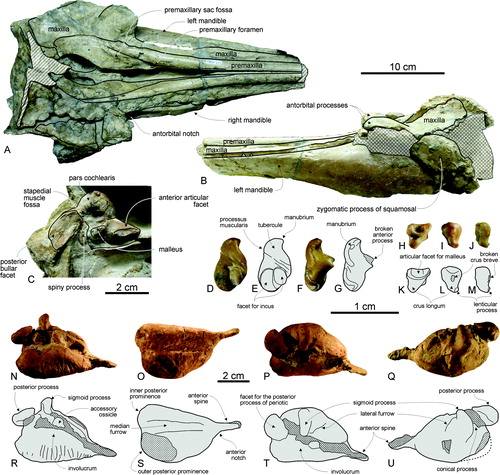
FIGURE 8. Consensus tree (A) and 50% majority consensus tree (B) of 60 equally parsimonious cladograms showing the relationships of Huaridelphis raimondii, n. gen. et sp., with the other Platanistoidea having lost double-rooted teeth. Tree length = 55, consistency index = 0.76, and retention index = 0.90. Numbers associated with the nodes in B are bootstrap values. See text for discussion and Appendices 1 and 2 for description of characters and data matrix.
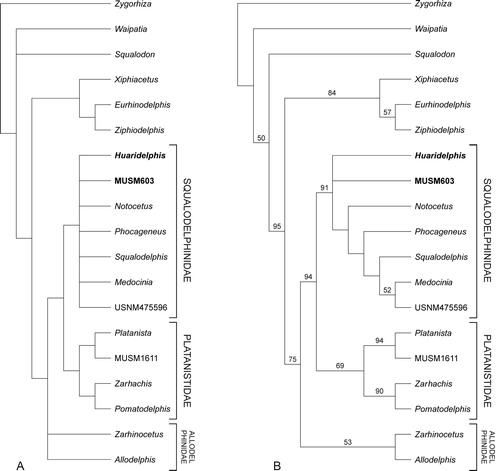
TABLE 1. Measurements (in mm) on the skulls of Huaridelphis raimondii, n. gen. et sp., compared with two skulls of Notocetus vanbenedeni (measurements partly taken from True, Citation1910).
TABLE 2. Measurements (in mm) of vertebrae of Huaridelphis raimondii, n. gen. et sp., MUSM 1403 (cervicals and thoracics) and MUSM 599 (caudal).
TABLE 3. Comparison of rostral measurements (width of rostrum and premaxillae at different levels, in mm) in the squalodelphinids Huaridelphis raimondii, n. gen. et sp., MUSM 1396 and aff. Huaridelphis raimondii MUSM 603.
